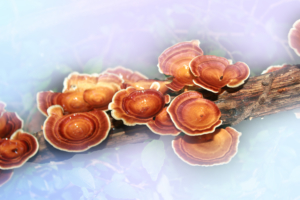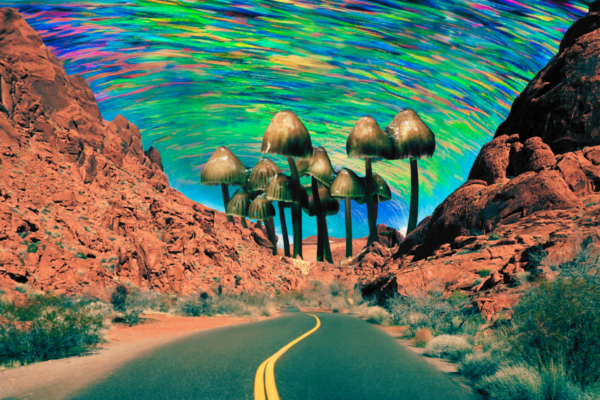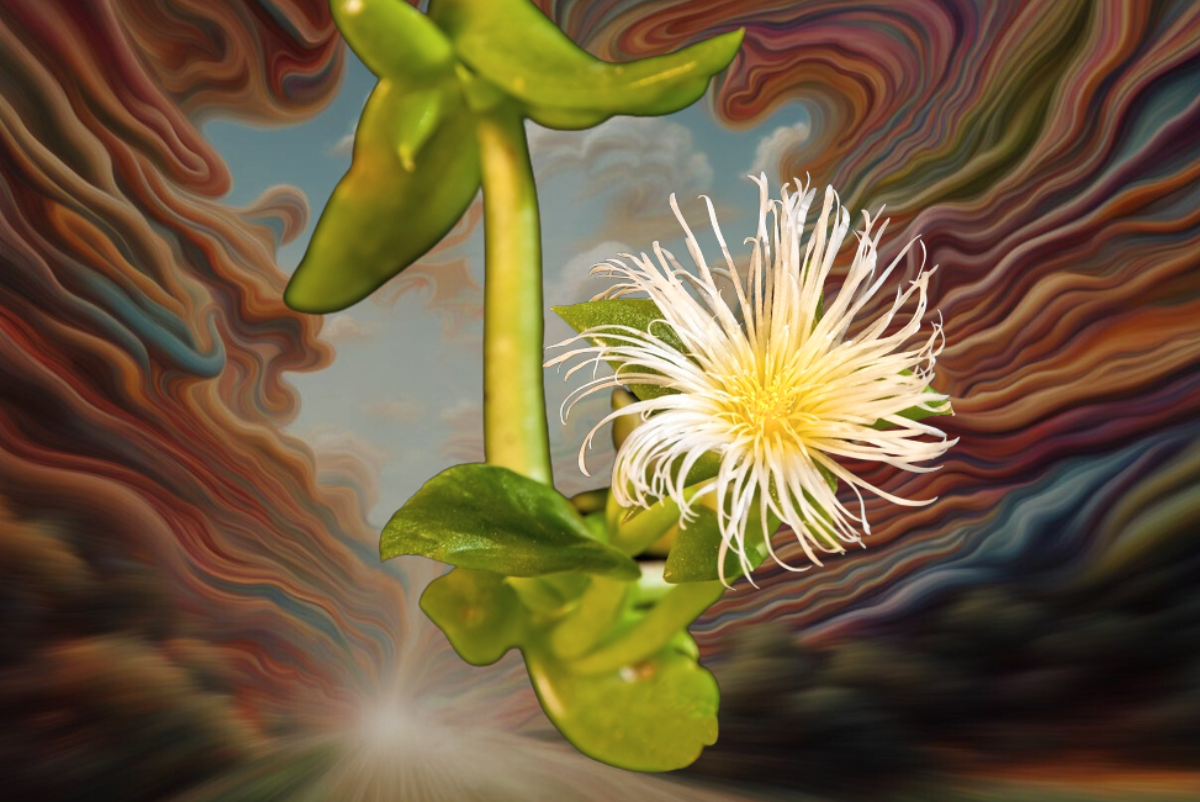
So you’re interested in taking LSD but aren’t quite sure where to start? Fret not, as this guide will teach you how to correctly, and safely, consume acid and prepare for your experience.
What is LSD?

Lysergic acid diethylamide (also known as LSD or acid) is a psychedelic drug of the ergoline family. LSD is synthesized from lysergic acid, which is derived from an alkaloid found in ergot, a grain fungus.
LSD is one of the most popular psychedelic drugs, next to psilocybin mushrooms, and one that has had the most profound effect in culture and academia. Psychedelic research hit a boom thanks to LSD when Swiss chemist Albert Hofmann discovered it in 1938 by happenstance. But Hofmann did not discover its psychoactive properties until five years later in 1943 when he resynthesized the molecule and accidentally absorbed a small, unknown amount of it. In his autobiography, Hofmann details that he left home due to a feeling of restlessness and dizziness, and when he laid down, he began to perceive “an uninterrupted stream of fantastic pictures, extraordinary shapes with intense kaleidoscopic play of colors.”
Something many people don’t know is that LSD was trademarked back in the early ‘50s and ‘60s under the name Delysid and legally prescribed in psychiatry. Between 1950 and 1965, over 40,000 people had been treated with Delysid/LSD. It is good practice to remember the rich history LSD has and the impact it had on psychiatry and culture as a whole, since these details can get lost to time, especially for people new to the world of psychedelics.
:max_bytes(150000):strip_icc()/GettyImages-495355194-944e23de0388427e9bac2237ad749dbf.jpg)
LSD is still used in the psychedelic space, but it no longer has the same social acceptance or cultural impact it once did. Much of the present focus has shifted to psilocybin mushrooms. But while shrooms lead this current psychedelic renaissance, it is worthwhile to learn about LSD, how to take it, and what to expect. An LSD trip can be a powerful experience, so it is important to be as educated as possible on the substance to avoid harm and be able to enjoy the experience to its fullest.
What does LSD look like?
The first step in knowing how to take LSD is knowing how it looks like. LSD is a colorless, odorless, and tasteless liquid. LSD is most usually sold in small square pieces of paper called “blotters,” but can sometimes be sold in small square gel caps, gummy candy, or very rarely in food like cookies or sugar cubes. A dose of LSD is colloquially called a “tab.”
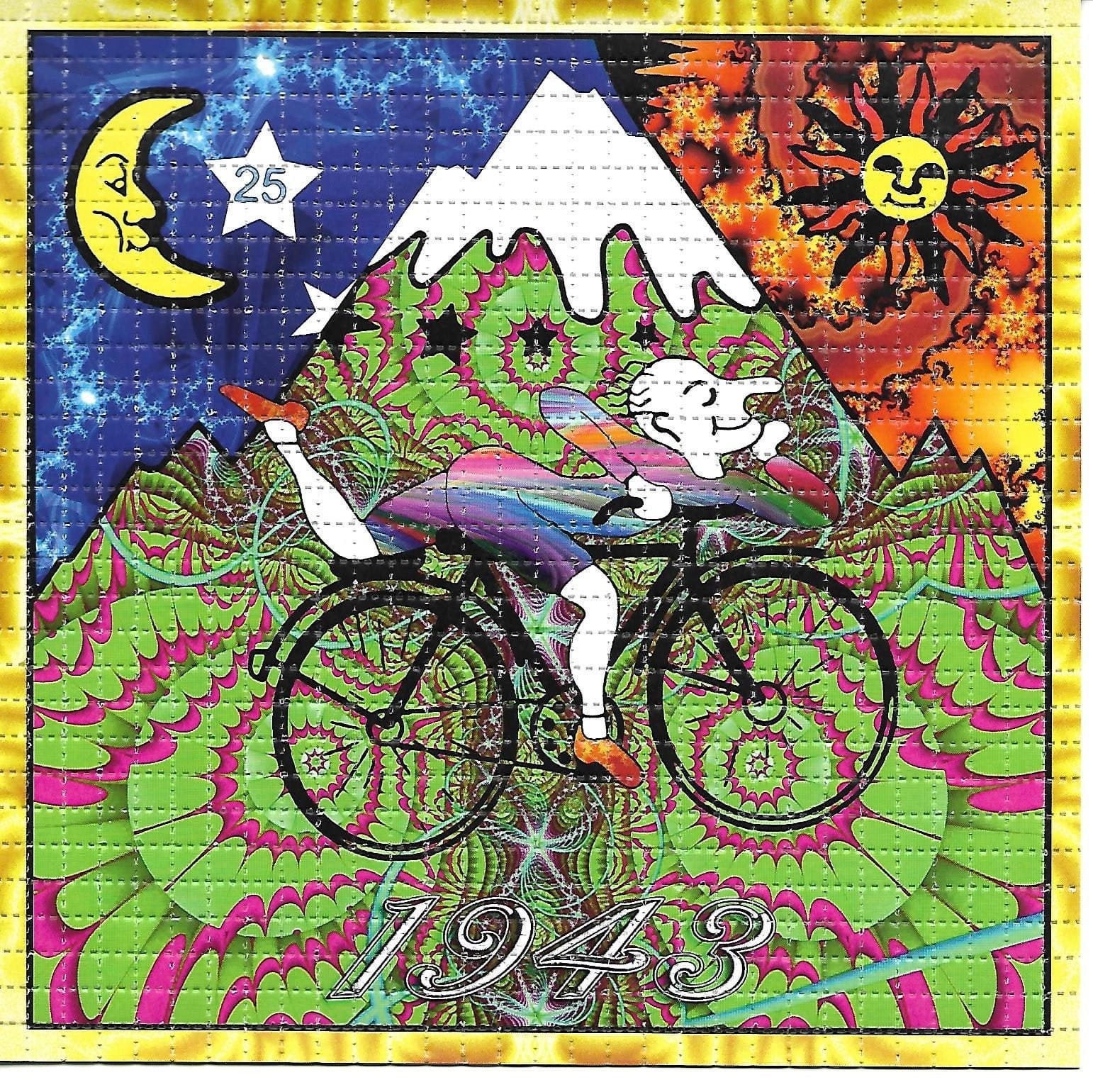
How do I take LSD?

Because LSD has no easily distinguishable properties, it is often adulterated with harmful chemicals. The most popular chemical that is sold under the guise of LSD is 25I-NBOMe, which is a research chemical that is highly potent and toxic. You need to always test your LSD and make sure it is legitimate. Websites like DanceSafe sell legal testing kits for $20 that can be used up to 75 times. Being a psychedelic user must always mean being a responsible one.
Testing LSD is quick and easy. You cut off a very small piece from your tab and put a drop of the testing reagent on it. If it turns purple, congrats! It’s LSD. If it does not turn purple, do not take it. But let’s say you didn’t want to pay $20 to test your acid, then you can do a taste test. LSD should not have a taste when placed on the tongue. If it tastes bitter or makes your tongue feel numb, spit it out immediately. Always abide by the rule of, “if it’s bitter, it’s a spitter.” If your LSD was dropped onto a sour candy or gummy, make sure it is from a trusted source, as the taste of the candy would help mask the taste of a research chemical. In this instance, it would be highly recommended to test rather than tasting.
A low LSD dose is between 15-50ug, an average/normal dose around 100-200ug, and a high dose can be anything above 250ug. It is really hard to accurately determine how strong a tab is, so ask your trusted source of their strength to get a vague idea.
Join our FREE Psychedelics for Beginners Course!
To take LSD, simply put the tab on your tongue (or under) and leave it there. After a few minutes, you can simply swallow the tab. Make sure that you are not mixing LSD with other drugs, especially alcohol or pharmaceutical uppers or downers, as they can decrease the effect of the drug and put you in another intoxicated state where you cannot distinguish what effects are due to what drug. LSD and weed can be mixed, but be aware that weed can amplify the effects of LSD or bring on paranoia or anxiety. If you are not experienced with LSD, maybe don’t smoke with it. Below is a chart that outlines all drug-drug interactions.

Do I have to prepare before tripping?
Taking LSD is not just a physical act, but a mental one too. While you must ensure that your LSD is legitimate before consuming, you must also make sure your mind and your environment is properly set up. “Set and setting” is a pivotal requirement of the psychedelic experience.
Set refers to your mindset and setting to the place you’re taking them in. Make sure your mindset is good and you are not currently in the middle of a stressful situation such as: a recent close death, break up, severe work stress, an angry mood, severe sad mood, etc. If you are taking LSD to help process these types of stressful situations, it is important that you have a guide with you, as high stress can cause the trip to become difficult.
After making sure your mindset is good, make sure your setting is right. Take LSD in a place that you feel comfortable in, such as your home or nature. If doing it at home, clean up your space beforehand and make sure there is no mess. A messy home can make you feel anxious during your trip, or you will spend three hours while tripping cleaning your restroom because you can’t think of anything else…trust me, I’ve been there.
Lay out anything you may want to do during your trip, since it will be difficult to set up much of anything while you’re already tripping. Prepare your space with art supplies, painting supplies, maybe pre-load a movie you might want to watch, have a playlist made of music you’ll listen to, etc. It is better to be prepared than to try and prepare while you can barely function. Again, if you have no experience with LSD, it is recommended to have a sober trusted friend to trip sit you. This person can help ground you during your trip and help if things get difficult.
Lastly, make sure you have an intention before partaking on your trip. Have this intention clear in your mind before partaking. Do you want to perhaps gain some creativity or inspiration? Make that known to the universe. Maybe you are feeling a bit lost in life and want some sort of guidance? Set the intention. Whatever it may be, no matter how small or large the intention may be, make sure you go into your trip prepared.
What are the effects of LSD?
The typical effects of LSD are visual and auditory hallucinations, euphoria, a sense of stress relief, giddiness, time distortion, a change in emotional states, a change in consciousness, or a temporary state of psychosis. Some negative effects, which are often associated with bad trips, include paranoia, anxiety, unable to process emotions, fear of death, or feeling like you are dying.
Knowing what to expect from LSD will allow you to manage your trip better. If at any point, anxiety, paranoia, or a feeling of death arises, it is important to remind yourself that you are under the influence of a mind-altering drug and begin taking deep breaths to oxygenate your brain. Deep breathing during a trip will help activate the parasympathetic nervous system, which sends a signal to your brain letting it know that you are not in danger and get you out of fight/flight/freeze mode.
If you have a trip sitter, ask them to ground you by reminding you where you are, what you took, and that everything is going to be okay. Joyful music can often help guide the trip into a sunnier disposition, so have music ready, if needed. The negative effects are often mental ones; thus it is important to remember that these effects are in your head and they will pass. Trying to control the trip or force it to go a certain way can make things worse, so remember to let go and let the trip guide you, not the other way around.
This video shows a close simulation of how LSD visuals look like.
How long does it last?
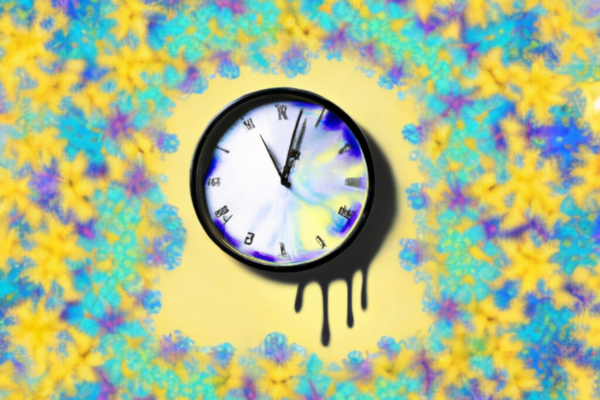
LSD is not your average drug that you can do to unwind for a couple of hours. LSD is a commitment, as it can last up to 12 hours. Make sure to plan and clear your schedule for the day, as you will not be able to do anything of importance while you’re on LSD. If you took a high dose, then you may need to clear the next day’s schedule, too, to process the trip and begin the integration process.
You can expect to feel the acid hitting around the 30-60-minute mark. For those more sensitive to psychedelics, they may start feeling something as soon as 15 minutes. After an hour, you will definitely know if you’re on acid. The peak of your trip will happen around 3-hour into your trip. This is when time may be moving slowly, hallucinations are at their most intense, and a sense of losing grasp of reality may be occurring. The peak lasts about 3 – 5 h and the off-set will begin afterwards for another 3-5 hours.
Smoking weed may prolong the peak and may sometimes cause the off-set time to feel like a wave: you feel you tripping again, coming down, tripping, coming down. This may also occur during the come down of high doses.
After around 12-15 hours (usually 12), you will not be tripping anymore. You may feel tired, both physically and mentally, thus it is recommended to sleep after tripping to recover. The next day, you may feel “afterglow” effects like feeling light, happier, with more energy, or simply recharged. If you underwent a particularly difficult trip, taking the next day to process what you saw/heard/learned is highly recommended.
How often can I take LSD?
Unlike other drugs, LSD cannot be easily used on consecutive days. Almost immediately after taking it, your body builds a tolerance to it known as tachyphylaxis. You will not be able to trip consecutively using the same amount of LSD. If you were, for some reason, wanting to trip two days in a row, you will need to take around 1.5x-2.0x than you took the first time. When in doubt, use an online tolerance calculator to estimate where you are in your tolerance. It is often advised to wait 2 weeks in between tripping to allow your tolerance to fully return to normal, thus some people say you can trip again as early as 7 days.
Conclusion
Overall, how to take LSD is pretty simple, but you have to make sure you do your research and prepare before tripping. A lot of fun and enlightenment can be found on the little pieces of paper that contain this drug, but it must be taken with respect and preparation. This guide will serve you as a good introduction on learning how to take LSD. As Timothy Leary, famous proponent of LSD, once said, “Turn on, tune in, drop out!”
Disclaimer: Psychedelic Spotlight does not condone the use of illegal substances. The purpose of this article is for educational and harm reduction purposes only. If you suffer from a medical or mental condition, please consult with your doctor before taking any substance.

